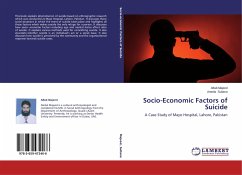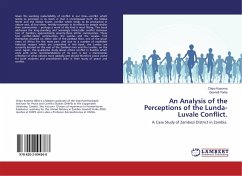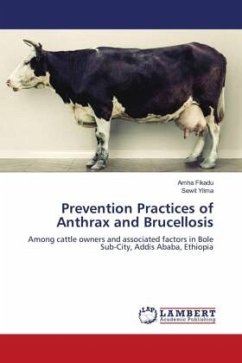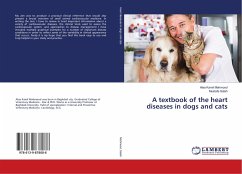The Zimbabwe Government adopted a multicurrency system (dollarisation) in 2009 following nearly a decade of macro-economic instability. This study seeks to understand whether changes in the macro-economic regime influenced farmers' access, ownership and management of cattle, especially disease control. The overall methodology used in the study is two pronged. First, it is a follow-up study to the one conducted at the height of macro-economic challenges in 2005. Data for the 2005 and 2010 are compared. Second, the study is spatial because it looks at whether distance from the protected area (a major source of diseases) impacts on people's ability to manage cattle. All the three study sites are located close to the protected area ( 30km). A structured questionnaire was administered to solicit perceptions of cattle owners, only (N=180). Focus Group Discussions (FGDs) and Key Informant Interviews were conducted to gain further insights and to explain issues that emerged from the preliminary analysis of quantitative data, largely to cross-check responses.








